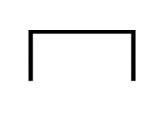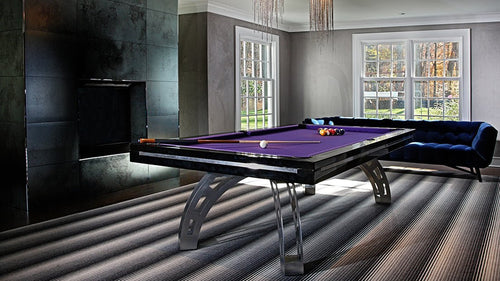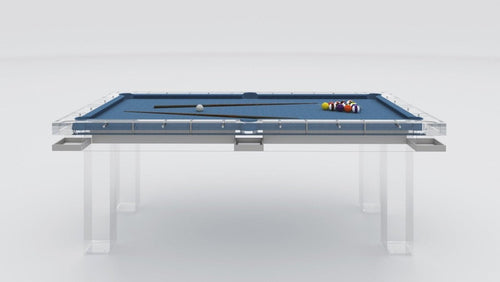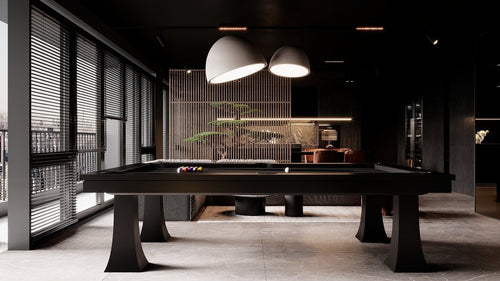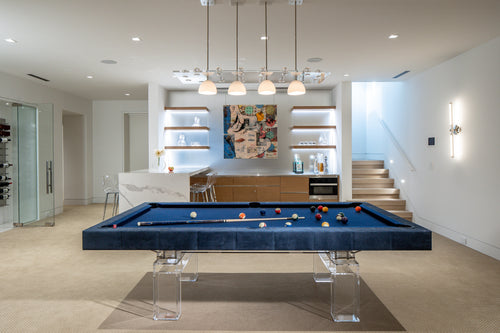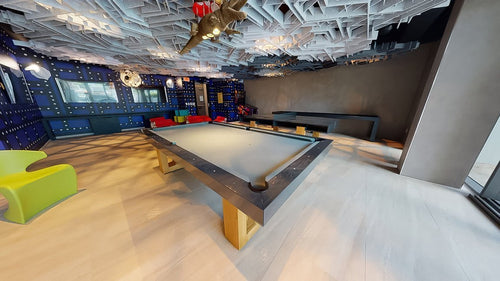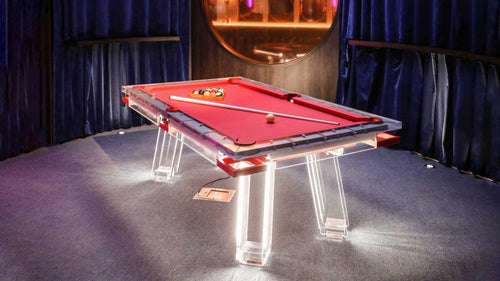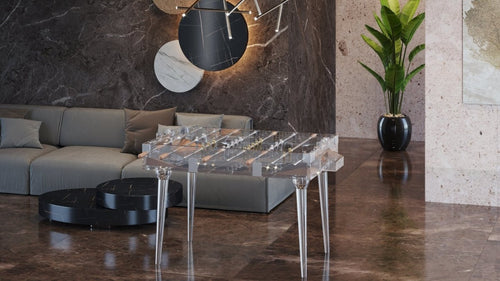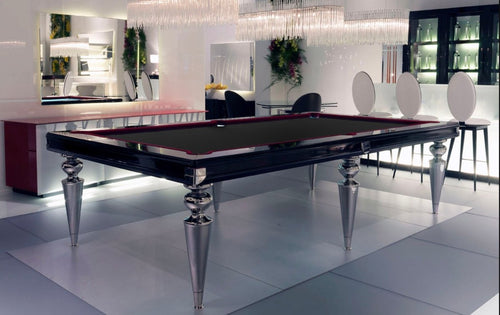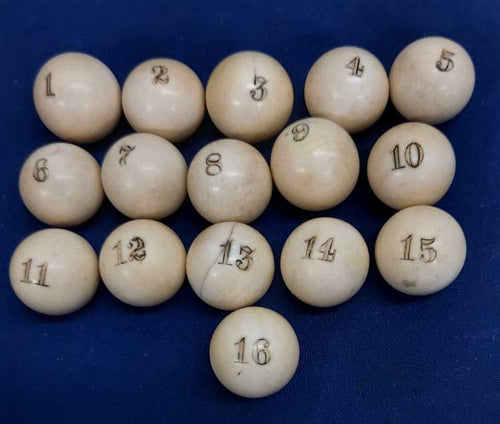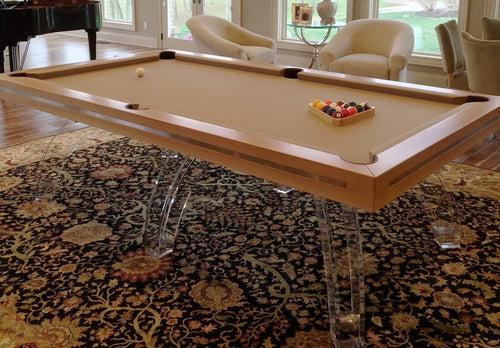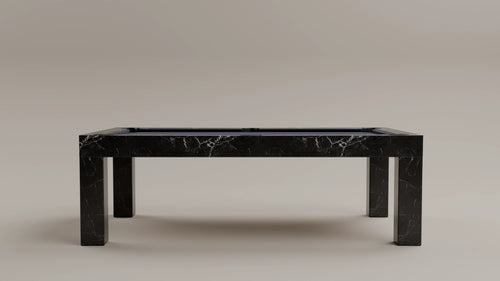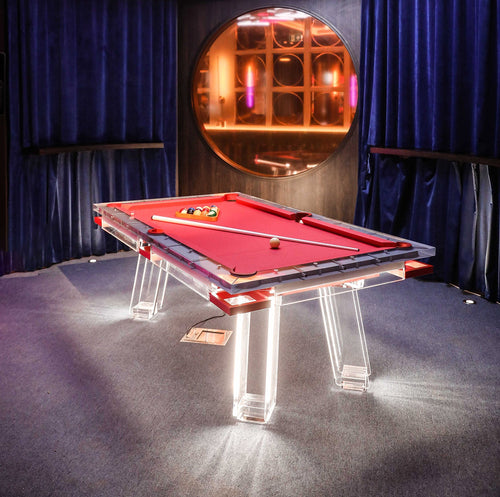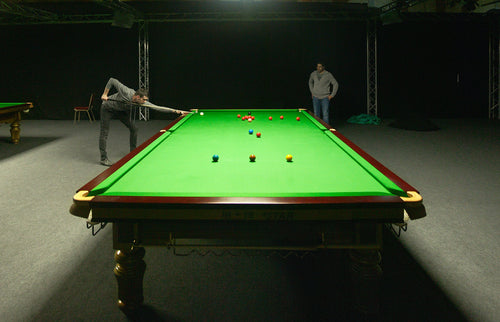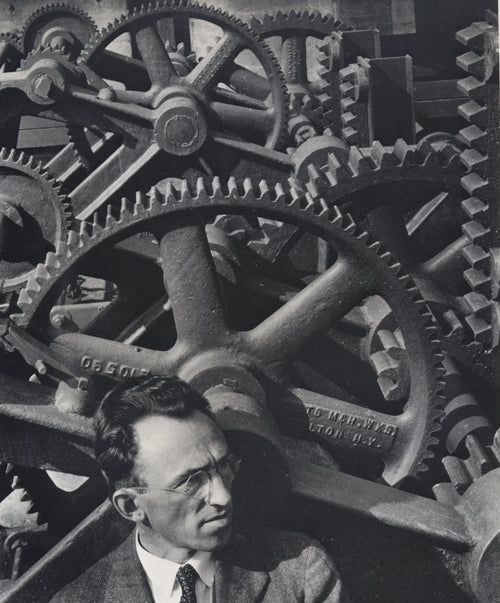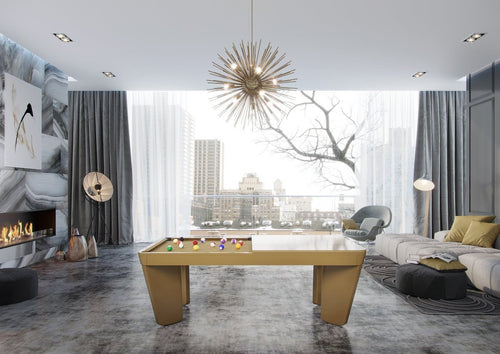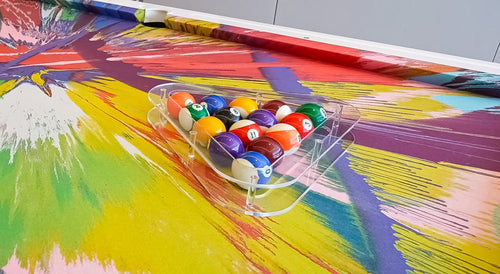Enjoy our modern designs
Estimated Read Time: 9 mins |
Baroque design in Austria and Germany represents a significant evolution and regional expression of the style that originated in Italy, often blending seamlessly into Rococo. Flourishing during the seventeenth and eighteenth centuries, particularly in religious and aristocratic contexts, these styles transformed architectural and interior environments with elaborate visual richness, spatial drama, and ornate detail.
Origins and Characteristics
The Baroque style, emerging in Italy as a reaction to Mannerism and as an expression of Counter-Reformation ideals, was readily adopted in Austria and southern Germany. Italian influence was direct, with figures like Carlo Antonio Carlone relocating to Austria and contributing to major Baroque projects. The hallmarks of Baroque in these regions included:
- Rich use of sculptural and painted forms.
- Shapes from nature (leaves, shells, scrolls) integrated into classical architecture.
- Illusionistic painting techniques such as Quadratura and Di sotto in sù.
- Complex spatial relationships and geometries, with curves, ellipses, and interlocking forms.
In religious architecture, these features produced spaces that inspired awe and devotion, combining architecture, sculpture, painting, and light into immersive experiences.
Key Examples in Austria
- Monastery of St. Florian (1718–24): Designed by Carlone and completed by Jakob Prandtauer, this monastery features domed vaults covered with illusionistic paintings and a ceremonial Marble Hall adorned with faux marbling, stucco, and ceiling paintings glorifying Austrian victories.
- Abbey of Melk (1702–38): Entirely by Prandtauer, Melk Abbey showcases red-brown marble pilasters, curving side walls, and balconies enriched with stucco. The church interior exemplifies Baroque theatricality, while secular spaces like the Kaisersaal lean toward Rococo in color and ornament.
Key Examples in Germany
- Die Wies (1744–54): This pilgrimage church in Bavaria, by Domenikus Zimmermann, features white and gold plasterwork that dissolves structural form into ethereal ornamentation, merging ceiling and architecture through illusion.
- Vierzehnheiligen (1742–72): Near Bamberg, by Johann Balthasar Neumann. This church's interlocking ovals create spatial richness. Rococo elements in pink, white, and gold enhance the light, airy atmosphere.
- Schaezler Palace Festsaal (1765–70): A high point of German Rococo in Augsburg, showcasing mirrors, plasterwork, and frescoes symbolizing aristocratic status.
- Amalienburg (1734–9): A small Rococo hunting lodge near Munich by François Cuvilliés. The mirrored central room creates a kaleidoscopic visual effect, using silver stucco and pastel walls for a French Rococo feel.
- Munich Court Theater (1751–3): Also by Cuvilliés, this small theater is a Rococo gem, influencing later Baroque-Rococo opera house designs.
Interior Features and Decoration
- Color Palette: Compared to Italian Baroque’s dramatic hues and marble, Austrian and German Baroque-Rococo leaned toward soft pastels (pink, green, blue), white stucco, and gilding. Illusionistic ceiling painting and sculpted details blurred architectural boundaries.
- Furniture: Baroque furniture was large, with bold curves and rich carving. Rococo pieces were lighter, featuring delicate ornamentation, slender cabriole legs, and floral motifs.
- Materials and Effects: Marble, faux finishes, plaster, mirrors, and bright textiles were used to create theatrical and light-filled environments, often contrasting simple flooring with elaborate ceilings and wall decoration.
Cultural and Design Legacy
Baroque and Rococo design in Austria and Germany marked a distinct moment in European art history. Religious buildings, like Vierzehnheiligen and Melk Abbey, demonstrated Baroque's spatial complexity, while secular buildings and palaces expressed Rococo's elegance and delight in surface richness. These styles influenced design across Central Europe, including France and the Low Countries.
Today, the intricate spatial effects, illusionistic detail, and decorative fluency of Austrian and German Baroque-Rococo are seen not as excess or decadence but as a bold expression of visual imagination, laying groundwork for future design movements that value dynamic form and immersive experience.

